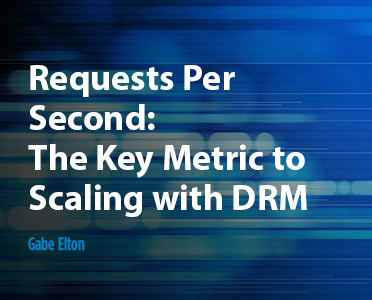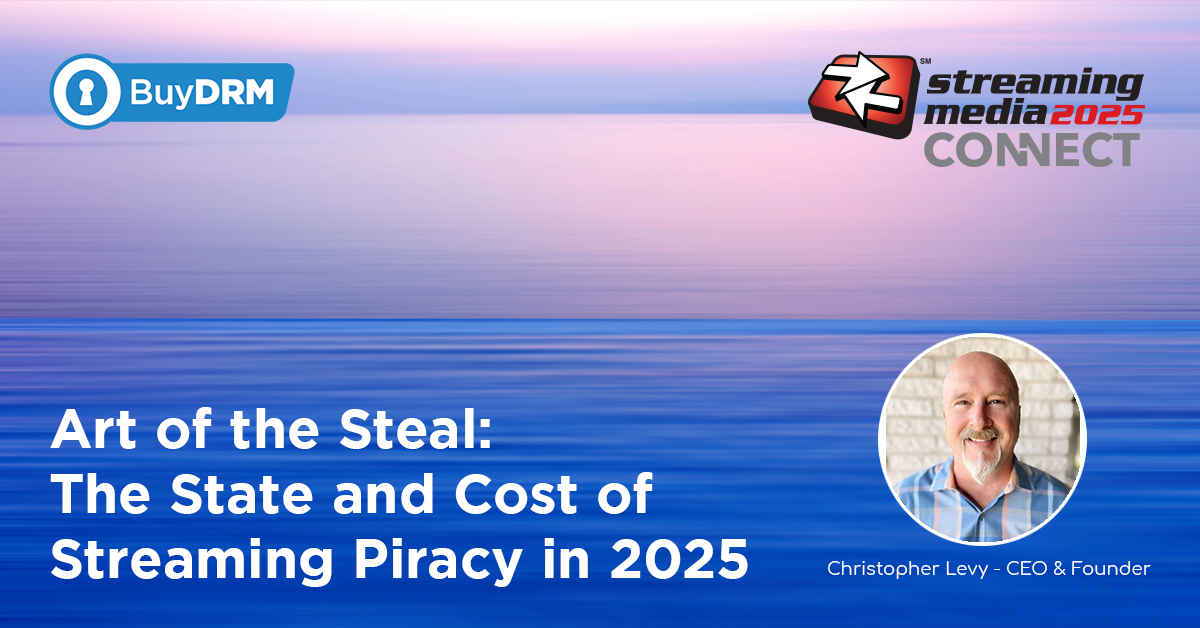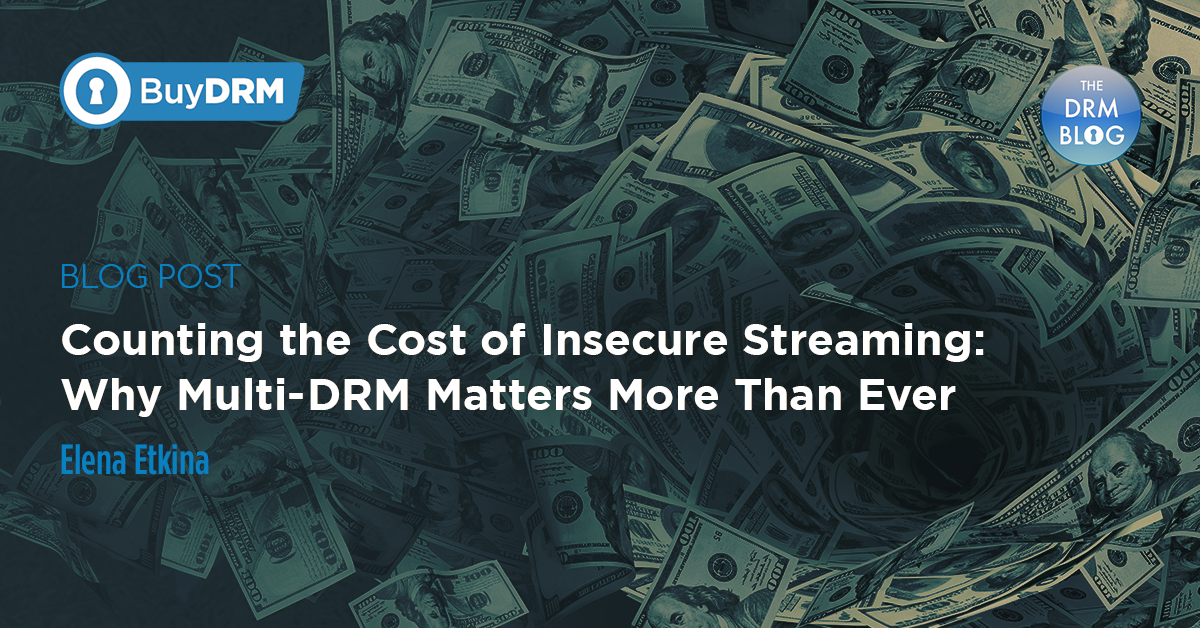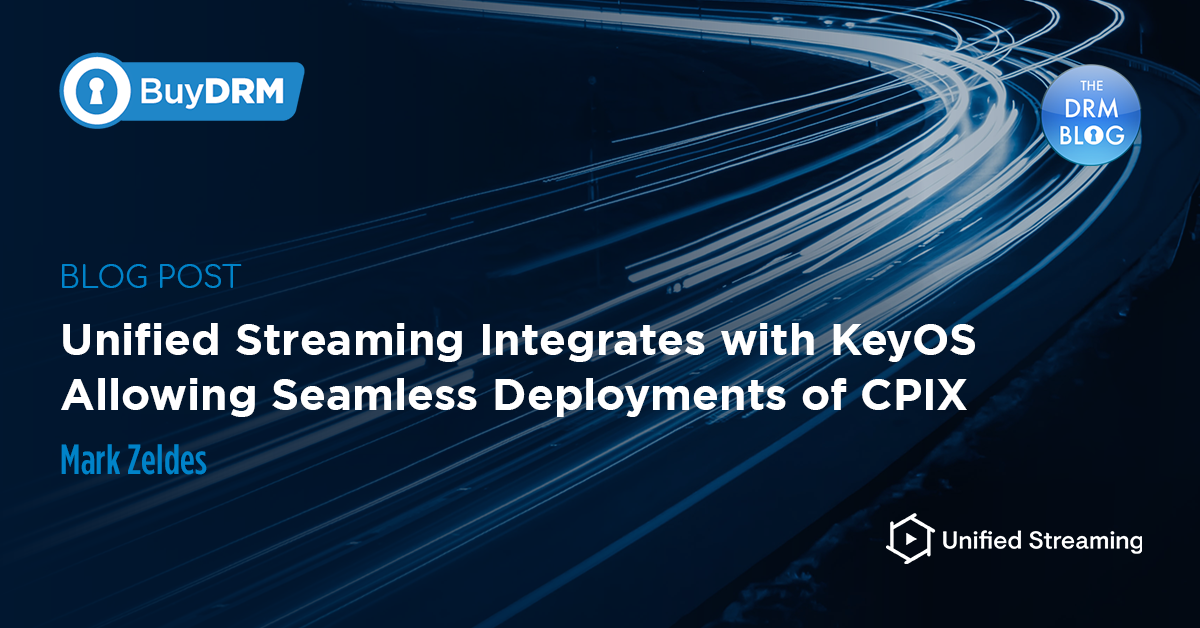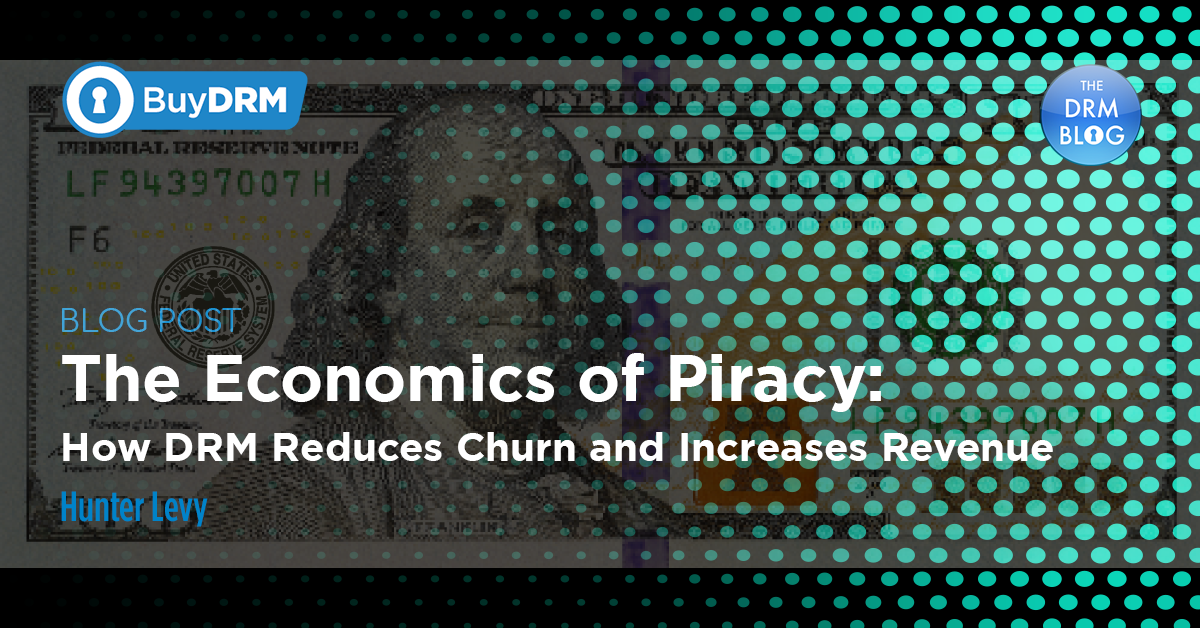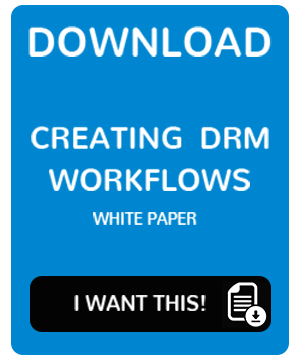As a CTO, systems architect, and systems engineer, along with a host of other titles and roles in the streaming space – you have done everything right to ensure that your project gets off on the right foot. Your ingress points are solid, your transcoding/encoding tools are tested and scaled, and the playout on the potentially dozens of different playback platforms has been tested to ensure the lowest possible latency.
No stone has been left unturned to guarantee your live event goes off without a hitch. Are you sure about that?
The Key Metric That Almost No One Knows
No matter how diligently you check all the processes that are involved to successfully pull off a gate-crashing streaming event, if you haven’t double-checked or even considered Requests Per Second (RPS), there is a good chance, especially if you haven’t collaborated with your DRM provider, that you are going to run into serious problems that you might not have considered.
In the streaming world, everyone is wrapped up with other metrics like concurrent users for Live Streaming or terabytes of data for VOD, but for DRM none of those metrics matter. Once a DRM license has been handed off, the DRM provider's work is done, so it doesn’t matter how many people are concurrently on the platform, or the size of the files that you have in storage.
What does matter, however, and the key metric defining your DRM provider's ability to properly scale with you is Requests Per Second. The problem is – when the question is asked, almost no one has a definitive answer, which leaves both the customer and the vendor making educated guesses.
Why it Matters
At the heart of the issue is that each DRM flavor can only deliver a certain number of licenses per second, per instance. So you might be able to deliver x amount of licenses per second with PlayReady, with a different amount of RPS for FairPlay and still another different amount of licenses per second for Widevine.
While it is fairly easy to come up with an average for that data set, the real question is around how many instances need to be deployed in order to support your next big event?
The only way to accurately predict this is to know how many users that simultaneously will be requesting DRM licenses, or how many DRM licenses will need to be delivered each second. Of course, the numbers do not need to be exact, however, if you miscalculate by a large enough margin of error, expect to have some serious disruptions at the start of the event.
When it Matters
Unless it is a straight-to-streaming theatrical release, most often, the issues that might arise around RPS are usually confined to live streaming. BuyDRM’s KeyOS platform regularly delivers more than 90 Million DRM licenses per day without issue from our various cloud locations around the world. But if a customer were to launch a live event without notice that had an exceedingly high amount of RPS, there is a good chance that might cause a few problems.
Another important thing to point out is that if your provider had not scaled appropriately, these issues would normally work themselves out during the transmission. Since RPS, generally speaking, is only an issue at the start of an event, when everyone is trying to sign on at the same time, users that give it a few minutes or so, and are willing to try again, will usually get sorted out in due time and have access to the stream, but as all of us know – issues like these reflect poorly on your brand and your channel.
What About Auto-Scaling?
Sure, we and most certainly other DRM providers employ autoscaling schemas to mitigate such risks, but autoscaling takes seconds when milliseconds matter. If your DRM provider has not scaled appropriately beforehand, there may be a period of several minutes, which are usually the most important minutes of the broadcast, to get everything sorted appropriately via auto-scaling.
Because of this, It is important that you communicate with your DRM provider well before the actual event to be sure that they are scaled appropriately to better support your broadcast from start to finish.
BuyDRM the Scaling Experts
We at BuyDRM take great pride in being the experts at scaling for DRM. We have built out some of the largest dedicated nodes for live streaming and straight-to-streaming theatrical releases in the world.
We have built out a single node capable of handling more than 100K RPS for a household name streaming platform for NFL Football, we have handled MMA fights with audiences in the millions, and we protect streams for a racing brand that has events all over the world and audiences in the hundreds of millions as well as straight to streaming theatrical releases with more than 50 Million viewers.
Even with all that experience though, we don’t have a crystal ball, and without important collaboration with the customer or notification of the event beforehand – Requests Per Second could be the bottleneck that leaves your users disenchanted with your brand and service.
Looking for DRM at Scale? Reach out to the experts at BuyDRM here - https://buydrm.com/contact/
Read other related blog posts:
The Anatomy of a Multi-DRM License Request
The Top 5 Questions to Answer for a Smooth Transition to DRM





